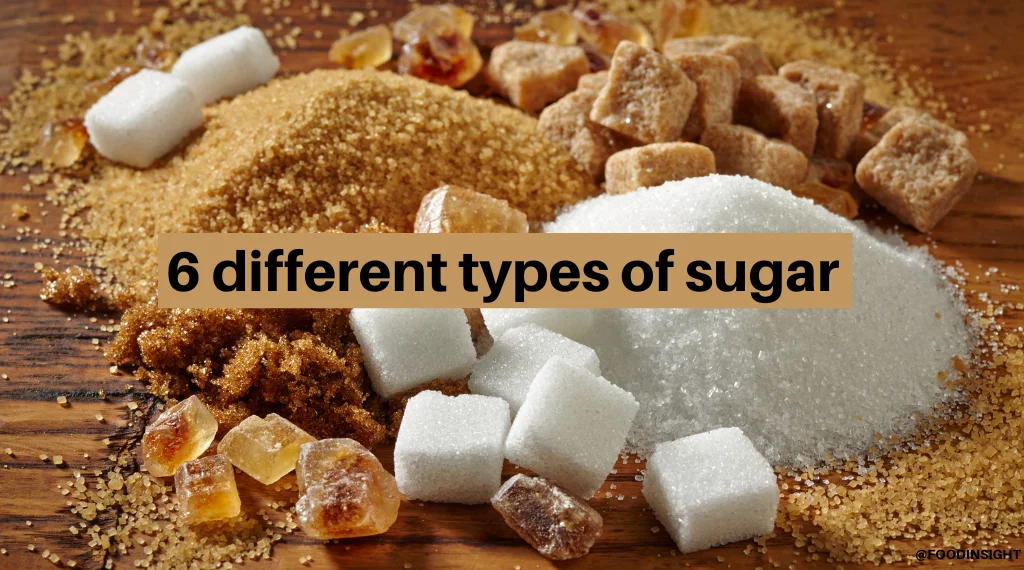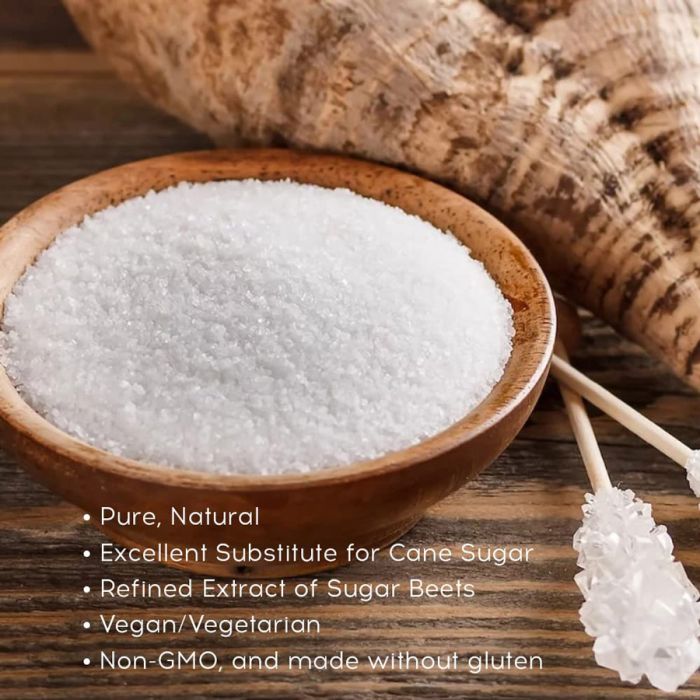The farming methods for beet sugar vs cane sugar contribute to differences in production scale.
The farming methods for beet sugar vs cane sugar contribute to differences in production scale.
Blog Article
Discover the Uses and Conveniences of Beet Sugar Vs Cane Sugar in Your Daily Diet
Checking out the distinctive qualities of beet and cane sugar reveals more than simply their sweetening capacities; it highlights their unique effect on health and wellness and cooking arts. Beet sugar, recognized for its subtle taste, is typically preferred in fragile treats, whereas cane sugar, with its hint of molasses, includes splendor to durable dishes. Each type holds its own nutritional profile and glycemic ramifications, welcoming a much deeper understanding of their functions in a well balanced diet plan and lasting usage techniques.
Origin and Production Procedures of Beet and Cane Sugar

The distinctive environments and dirt kinds required for growing sugar beetroots and sugarcane add to distinctions in their growing practices and geographical circulation, influencing the business economics and sustainability of their production. beet sugar vs cane sugar.
Nutritional Comparison In Between Beet Sugar and Cane Sugar
Despite originating from different plants, beet sugar and cane sugar are nutritionally extremely comparable, both mainly including sucrose. Each gives concerning 4 calories per gram, converting to approximately 16 calories per tsp. Structurally, both sugars are composed of approximately 99.95% sucrose, with marginal amounts of various other compounds like wetness and trace minerals, which do not dramatically change their dietary profiles.

Eventually, when picking between beet sugar and cane sugar based upon nutritional web content alone, both offer the same benefits and downsides as they are essentially types of the very same molecule-- sucrose, supplying fast power without other nutrients.
Effect On Health: Glycemic Index and Caloric Content
Checking out additionally right into the results of beet sugar and cane sugar on wellness, it is crucial to consider their glycemic index and calorie web content. The glycemic index (GI) of both beet and cane sugar is around 65, classifying them as high-GI foods, which can create quick spikes in blood sugar degrees.
Each type of sugar consists of about 4 calories per gram, making their caloric web content matching. For those checking calorie intake, especially when taking care of weight or metabolic wellness conditions, understanding this equivalence is crucial (beet sugar vs cane sugar). Extreme intake of any kind of high-calorie, high-GI food can add to health concerns such as weight problems, heart disease, and insulin resistance.
Environmental and Economic Factors To Consider of Sugar Production
Beyond health influences, the production of beet and cane sugar likewise raises considerable environmental and financial problems. Sugar beet farming tends to call for cooler climates and has a lower geographical impact compared to sugar cane, which prospers in tropical areas. Nevertheless, both crops are extensive in regards to water Source usage and land line of work, potentially bring about deforestation and water deficiency. Economically, the worldwide sugar market is very unpredictable, influenced by modifications in global trade policies and subsidies. Several countries incentivize sugar manufacturing through financial backing, skewing market prices and impacting small farmers negatively.
Furthermore, using chemicals and plant foods in both beet and cane sugar farming can result in dirt find this deterioration and pollution, further affecting biodiversity and local water bodies (beet sugar vs cane sugar). The option in between growing sugar beet or cane usually rests on neighborhood environmental problems and economic aspects, making the sustainability of sugar manufacturing a complex issue
Culinary Applications and Flavor Distinctions
While the ecological and financial aspects of sugar production are undoubtedly substantial, the choice between beet and cane sugar also influences cooking applications and taste profiles. Beet sugar, originated from the sugar beet plant, is known for its remarkably neutral preference. This makes it a functional ingredient in cooking, where it does not change the taste of other parts. It dissolves quickly and is suitable for use in cakes, cookies, and breads.
Cane sugar, drawn out from sugarcane, frequently maintains molasses traces, which pass on an unique splendor and depth. The mild variant in dampness content between beet and cane sugar can influence the texture and uniformity of recipes, making cane sugar a favored choice for details recipes that profit from its unique buildings.

Verdict
Finally, both beet and cane sugar have unique origins and manufacturing processes, using comparable dietary accounts with slight distinctions in sodium material and flavor. While their influence find more information on wellness, especially pertaining to glycemic index and calories, is similar, the selection between them often steams down to environmental, economic factors, and particular cooking requirements. Recognizing these aspects can lead consumers in making notified choices that line up with their health objectives and flavor preferences.
Report this page